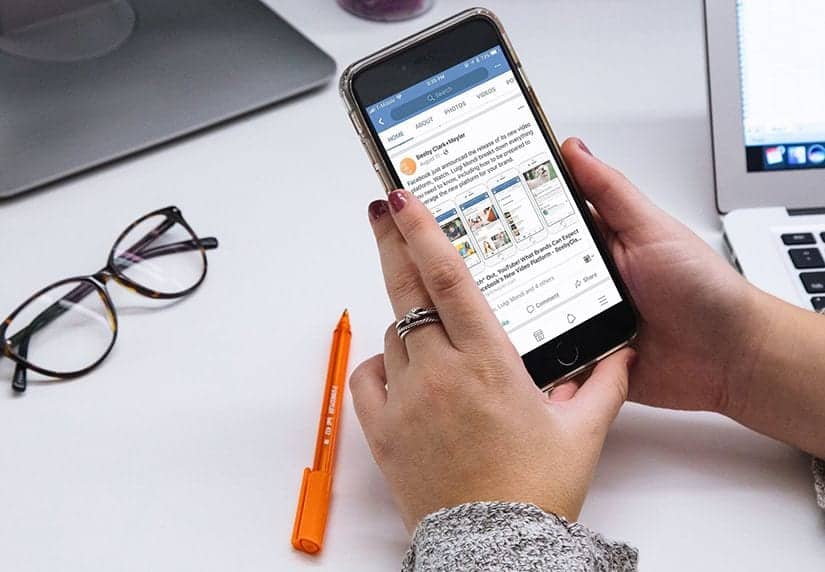Would You Want to Watch Your Facebook Ad? How to Make Your Video Stand Out
Nervous that your brand’s Facebook videos are not getting the attention you’d like? You should be. The hard fact is, you have exactly 2.5 seconds to...

Before you read any further, know that you’ve been duped. There is no top ten list in this article. The “X things about Y” format is a popular choice for click-hungry bloggers looking to get a quick wick in the web—it’s a predefined article structure that can be rapidly assembled and produces a piece that readers can easily consume. It’s perfect for the current state of the web where attention spans continue to dwindle. The chief purveyor of this editorial style is Buzzfeed, and there’s nothing wrong with that. They know what their audience wants and they provide it, churning out posts such as “The 33 Most Important Cuddling Positions” and “11 Tasty Flags Made Out of Food” day after day. Our issue is with Buzzfeed’s so-called native advertising. Buzzfeed offers a content marketing solution that slaps a brand name onto one of these aforementioned top X  lists. For example:
lists. For example:
Article title: 10 Beautiful Places In The World That Actually Exist
Subhead: Fantastical places exist not only in movies and fairy tales, but in the real world too! You’ve got to see these places to believe them. Just like Pepsi NEXT, you’ve got to taste it to believe it.
This isn’t native advertising. This is sponsored content with a brand name tacked on at the end. The brand is loosely (and often poorly) linked with the article’s content.
The Native Advertising Leaderboard is an online tool that aggregates native advertising from around the web and ranks it according to how much social action it generates. At the time of writing, 19 out of the top 25 entries on the leaderboard are from Buzzfeed and feature “native ads” for various brands in the “X things about Y” format.
While this may be a flaw in the Native Advertising Leaderboard itself (and the fact that it’s a tool created by the leading “native” agency, Sharethrough, should be noted), we can’t help but wonder if this is really the best path for native advertising. There is a continuing effort to standardize the format so that it can be more simply purchased and scaled. Buzzfeed is the first that we’ve noticed to serialize their content for “native” adoption by brands.
We don’t believe native advertising can be standardized, and the quest to do so should stop now.
As you can see from Buzzfeed’s serialized content, standardization in hopes of bringing scalability will kill the format. It’s not meant to “scale” in a programmatic, cookie cutter way. Attempting to do so will create content that might be appealing to some audiences, but does it truly bring a brand’s voice into the conversation in an honest way? Does it create an experience that augments and enhances the user’s experience?
BCM’s first foray into native advertising was back in 2009 when we introduced the Sharing Healthy Ideas campaign for GE. The tool allowed people to share healthcare articles using a suite of sharing tools sponsored by GE. The idea was that good health is contagious, and it was based on the fact that people are very likely to share articles about health. This type of sharing utility is ubiquitous nowadays, but back then it was quite revolutionary. We still think that custom solutions like these (that make sense for the brand) are what native advertising is really about.
What are your thoughts on native advertising? We’re listening.

Nervous that your brand’s Facebook videos are not getting the attention you’d like? You should be. The hard fact is, you have exactly 2.5 seconds to...

In Part One, Erin Mitchell, copywriter at BCM, talked about how SEO experts and Copywriters can work together to maximize content value and increase...

Google “SEO and copywriting” and you’ll get thousands of articles debating what’s more effective—do you write for the web or do you write for the...